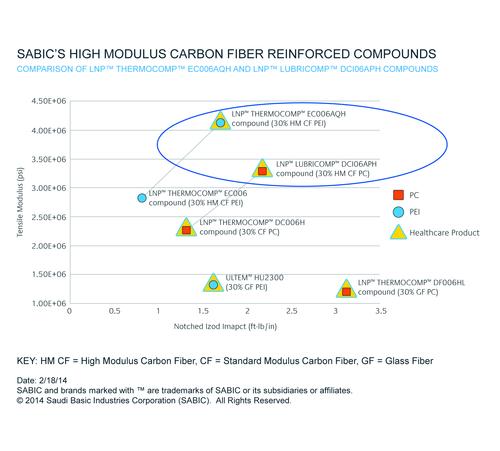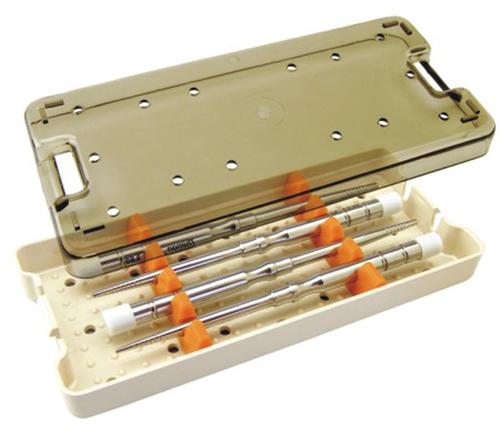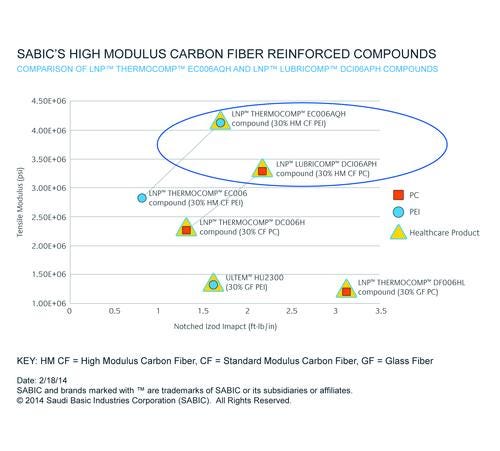Sabic Brings Carbon Composites to Medical Devices
February 21, 2014

Like most medical-grade plastics introduced at this year's MD&M West show, those from Sabic's Innovative Plastics division can withstand, not only multiple sterilization processes, but also the harsher chemical disinfectants used in today's hospitals and medical facilities for disinfecting surfaces. The big difference? Sabic's new compounds are high-modulus carbon-fiber-reinforced thermoplastics.
We've told you about carbon composites used in cars, planes, spacecraft, boats, and buildings. But Sabic's products are a first in medical applications. It's happening because the healthcare industry, like those other industries, is looking for ways to replace higher-cost metal, or other types of fiber-filled materials, in medical devices with plastics, Cathleen Hess, Sabic Innovative Plastics' director of global healthcare marketing, told Design News. It doesn't hurt that these materials also make devices more lightweight.

The underlying reasons are optimizing the cost of the entire system for medical device and system designers and also providing materials with higher strength and stiffness to withstand more rigorous use in healthcare environments. Replacing metals with plastics is also being driven by the increase in surgeries assisted by magnetic resonance imaging (MRI), said Hess. This has produced a need for medical devices such as surgical instruments that are compatible, so manufacturers are increasing their use of injection molded engineering thermoplastics to replace metals. Molding can also consolidate the number of components in a device and process them at lower temperatures, helping to reduce costs.
What surprised me was not only this novel use of carbon composites in healthcare applications, but also the fact that Sabic says its new compounds have higher tensile modulus and impact strength than standard carbon-fiber and glass-reinforced thermoplastics. You can see comparisons in the graph below, and a datasheet for the compound with the highest tensile modulus, LNP Thermocomp EC006AQH, is here.

Both new compounds, LNP Thermocomp EC006AQH and LNP Lubricomp DCI06APH, are reinforced with 30 percent carbon fiber. The first is a reinforced polyetherimide (PEI) resin, and the second is a reinforced polycarbonate (PC) resin. The Thermocomp material is especially aimed at repeated, harsh sterilization environments with its high strength and very high tensile modulus, high heat resistance, chemical compatibility, and mechanical stability. Applications include patient transport devices, fixation devices, disposable or reusable surgical instruments, and medical device housings.
The Lubricomp material combines high flow, high tensile modulus, very high strength, and ductility, enabling the design of complex parts such as components of drug delivery devices, disposable surgical instruments, and medical device housings.
Sabic also exhibited its LNP antimicrobial materials line, as well as a sterilization tray made by Brazilian dental equipment manufacturer Indusbello of ULTEM HU1004 resin technology using injection molding. This resin is designed to withstand multiple sterilization environments, including high-temperature steam autoclave, gamma irradiation, and hydrogen peroxide gas sterilization. The data sheet for this material is located here.
Related posts:
About the Author(s)
You May Also Like



